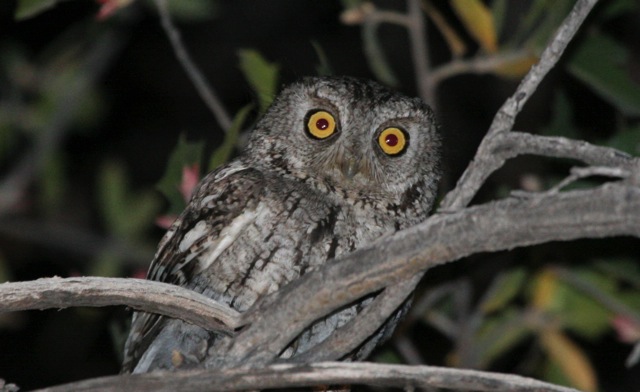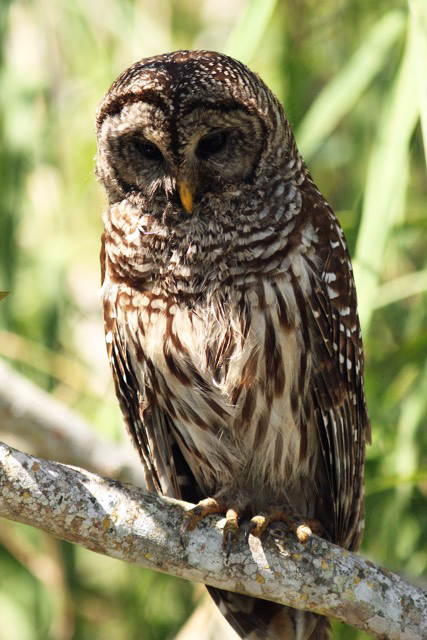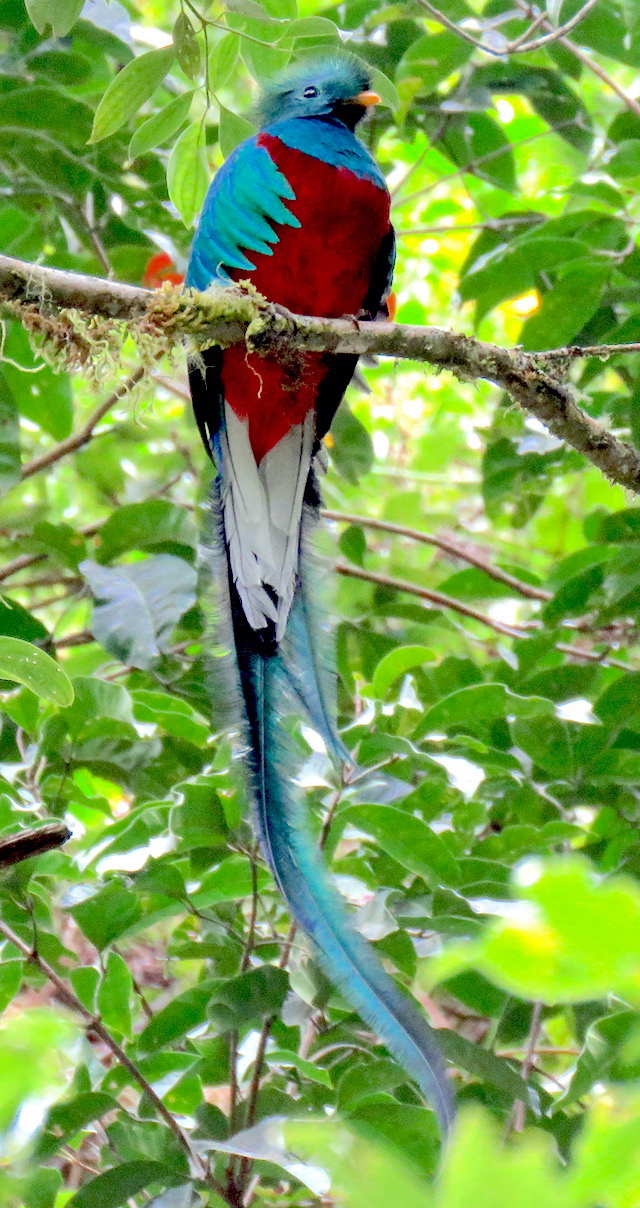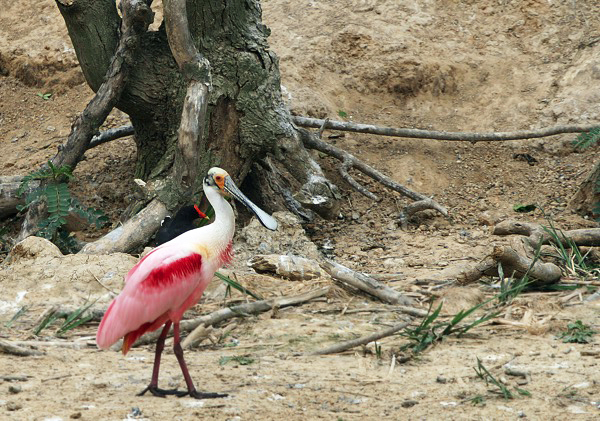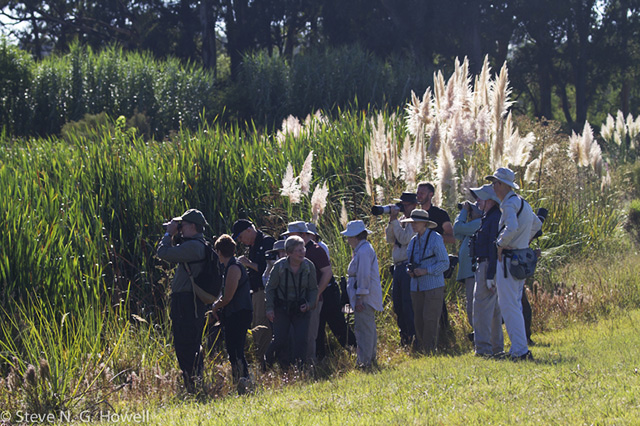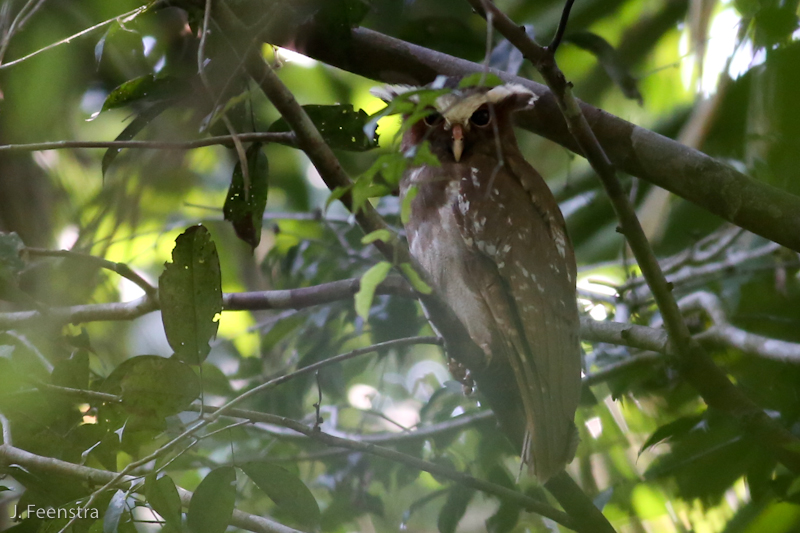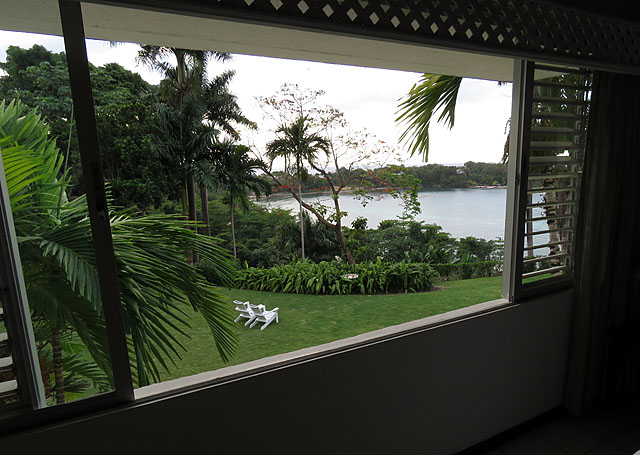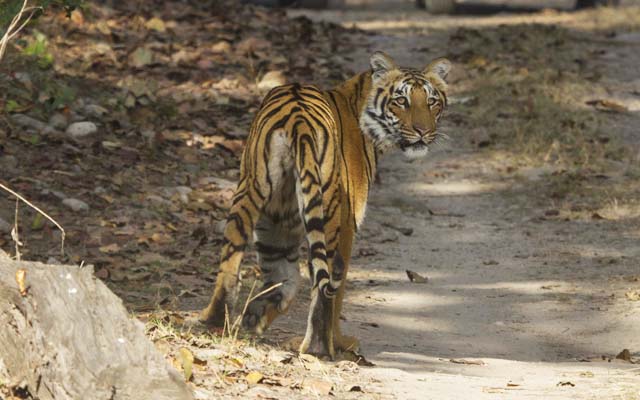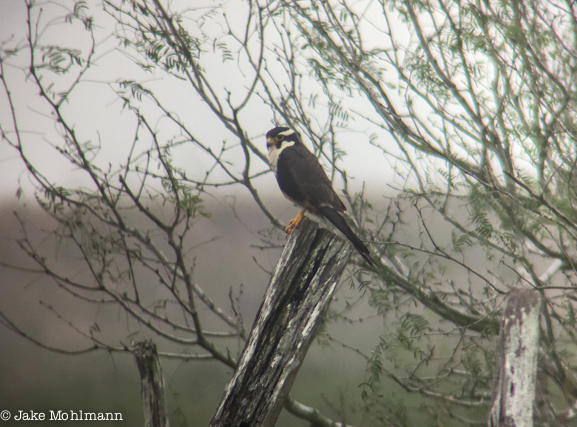Reports From the Field
Mar 23, 2018
Fabrice Schmitt on his and Steve Howell's recently completed cruise, Buenos Aires to Santiago
Feb 21, 2018
Fabrice Schmitt on his and Gavin Bieber's just-completed cruise, Buenos Aires to Santiago - Birding Sea and Land
Feb 20, 2018
Jake Mohlmann on his recent tour, Argentina: The South - Pampas, Patagonia and Tierra del Fuego
© 2025 WINGS Birding, Inc.
